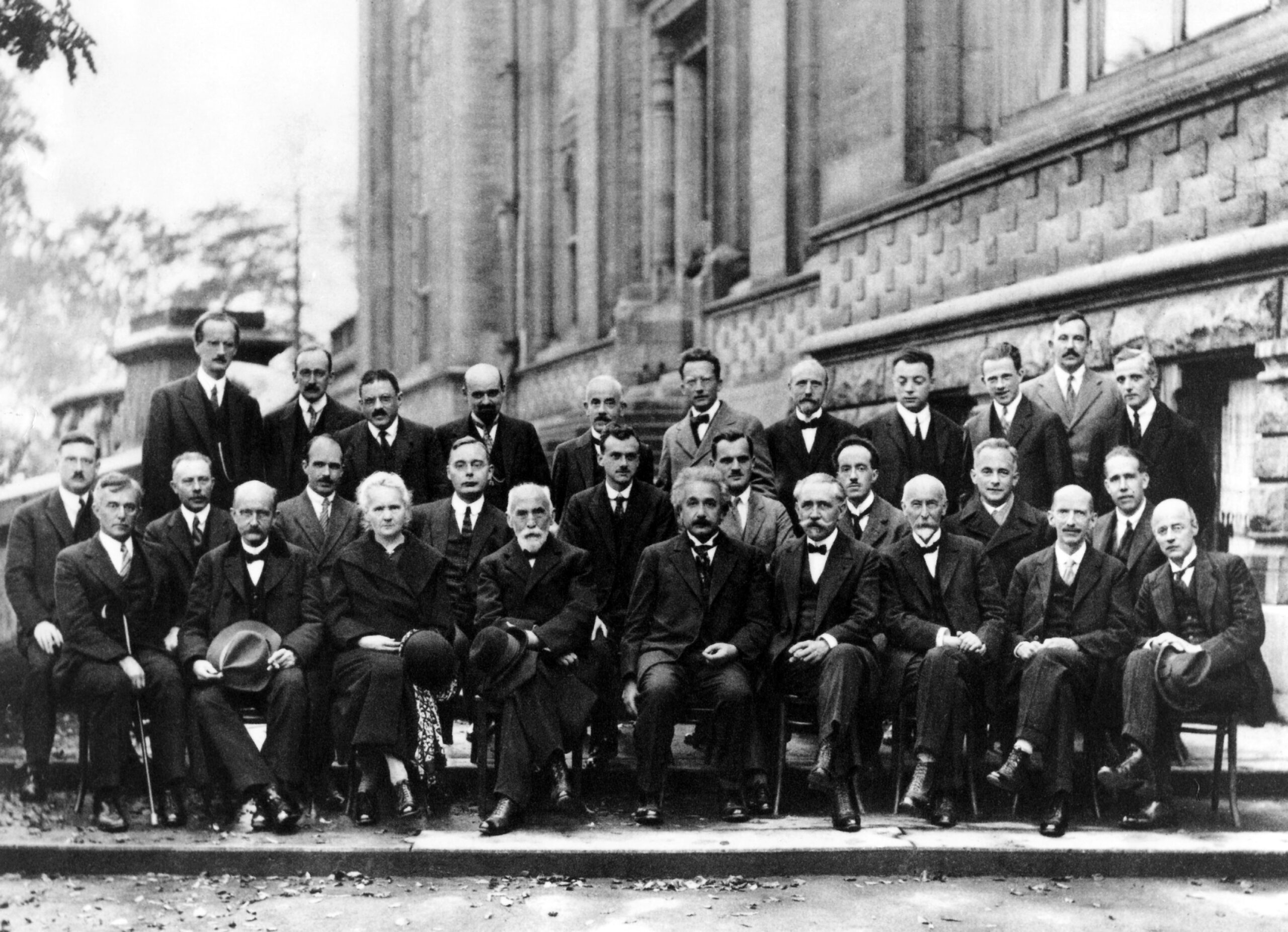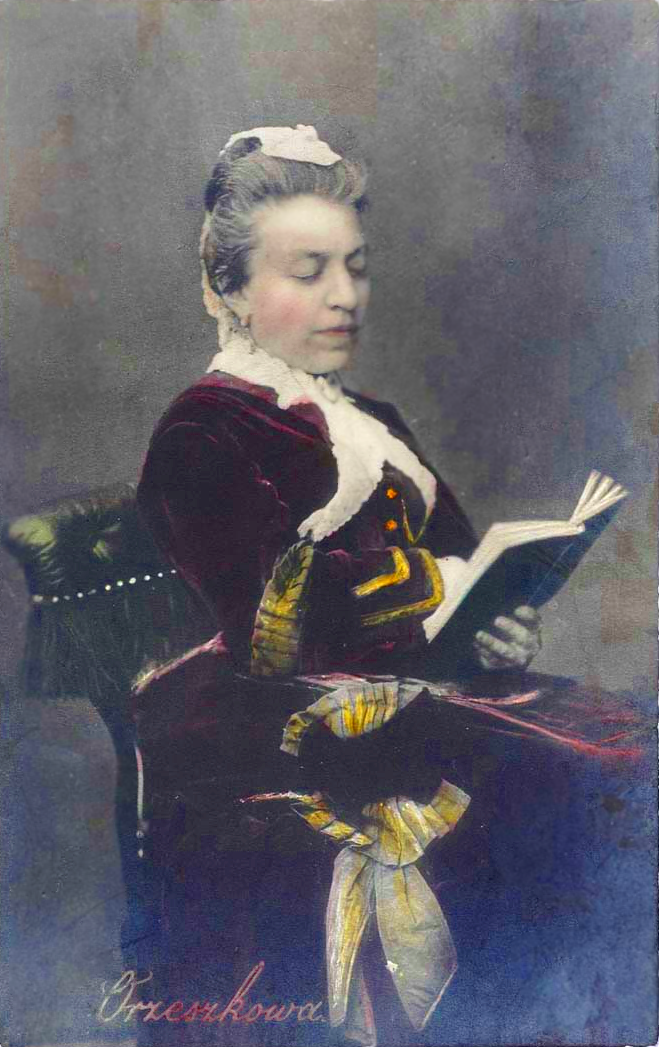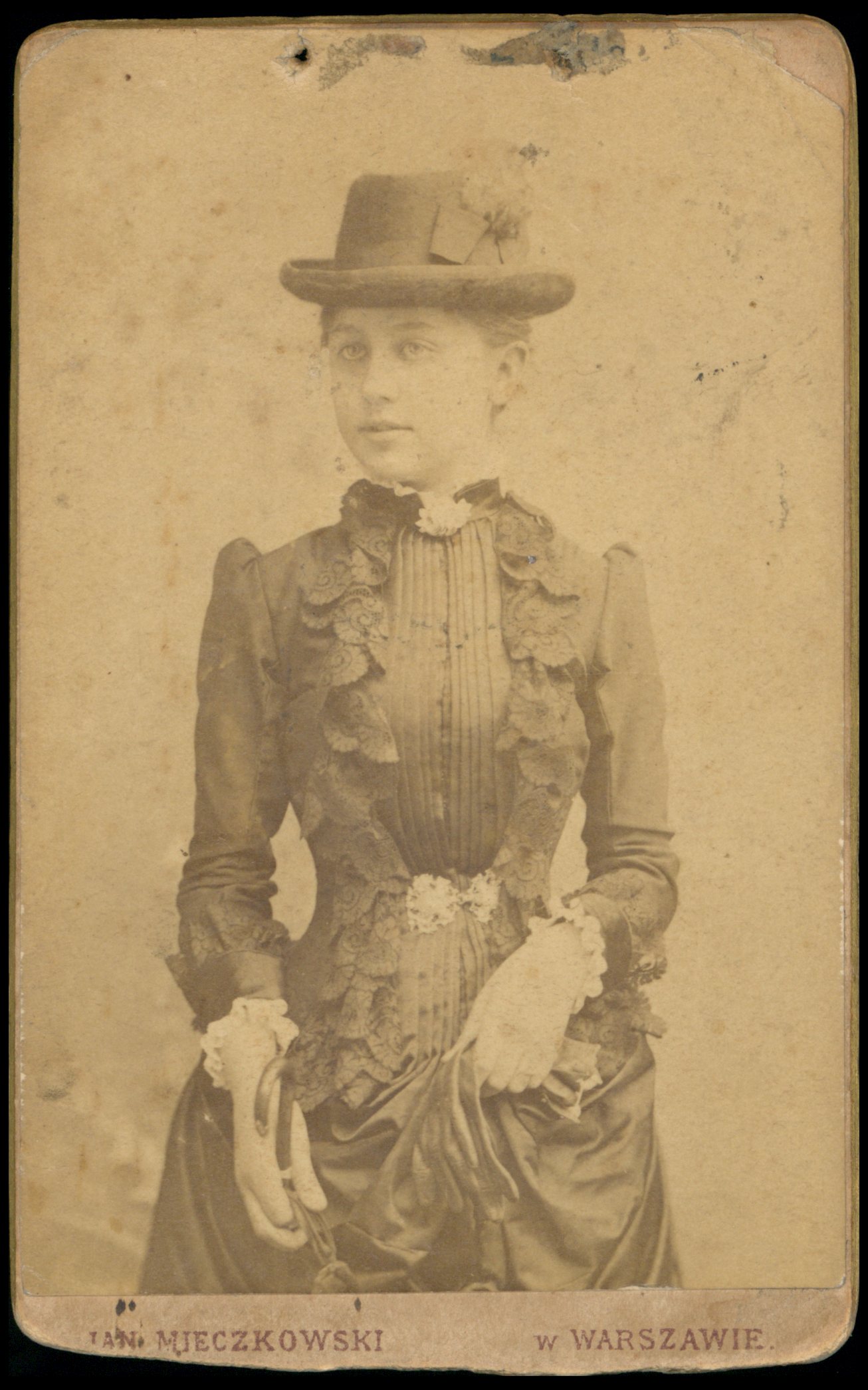
Polon and Rad – Maria Skłodowska-Curie – Lublin
Polish figure of the „The emancipation of women” topic
Maria Skłodowska-Curie’s decision to move to Paris in 1891 was driven by the lack of educational opportunities for women in Congress Kingdom of Poland, part of the Russian Empire. At the Sorbonne in Paris, she immersed herself in physics, chemistry, and mathematics, fields dominated by men, where she often faced isolation and financial hardships. Despite these challenges, her groundbreaking work on radioactivity (a term she coined) and the discovery of the elements’ polonium (named after Poland) and radium marked a series of firsts in science. In 1903, Curie became the first woman in Europe to earn a doctorate in physics, and her research was crucial in the development of x-ray machines by Wilhelm Röntgen.
Her achievements did not go unrecognized; Curie was the first woman to win a Nobel Prize and remains the only person to win Nobel Prizes in two different scientific fields—Physics in 1903 (shared with her husband Pierre Curie and Henri Becquerel) and Chemistry in 1911 for her work on radioactivity. These accolades, however, did not shield her from the sexism of the academic and scientific communities. Her nomination for membership in the French Academy of Sciences in 1911 was met with fierce opposition and ultimately rejected, illustrating the ongoing resistance to women’s full participation in scientific institutions.
Curie’s experiences reflect the broader context of women’s struggles during her time. Women were often barred from academic positions and scientific societies. In many places, they could not vote or own property and were expected to adhere to traditional roles within the confines of home and family. Curie herself juggled her scientific career with her responsibilities as a mother and wife, challenging the norms that dictated a woman’s place in society.
The legacy of Maria Skłodowska-Curie is twofold: her scientific discoveries, which have had lasting impacts on medicine and industry, and her role as a trailblazer for women in science. Her life story is a powerful example of the slow but persistent march toward gender equality in the sciences. Curie not only opened doors in educational and scientific institutions but also demonstrated through her resilience and dedication that women could contribute equally to the advancement of science. Her successes laid the groundwork for future generations of women scientists, continuously challenging the gendered boundaries of their times.
Further reading
Dei, L. (2017). Maria Skłodowska Curie : the obstinate self-sacrifice of a genius. Firenze.
Emling, S. (2013). Marie Curie and her daughters : the private lives of science’s first family. New York.
Des Jardins, J. (2010). The Madame Curie complex : the hidden history of women in science. New York
Facts



